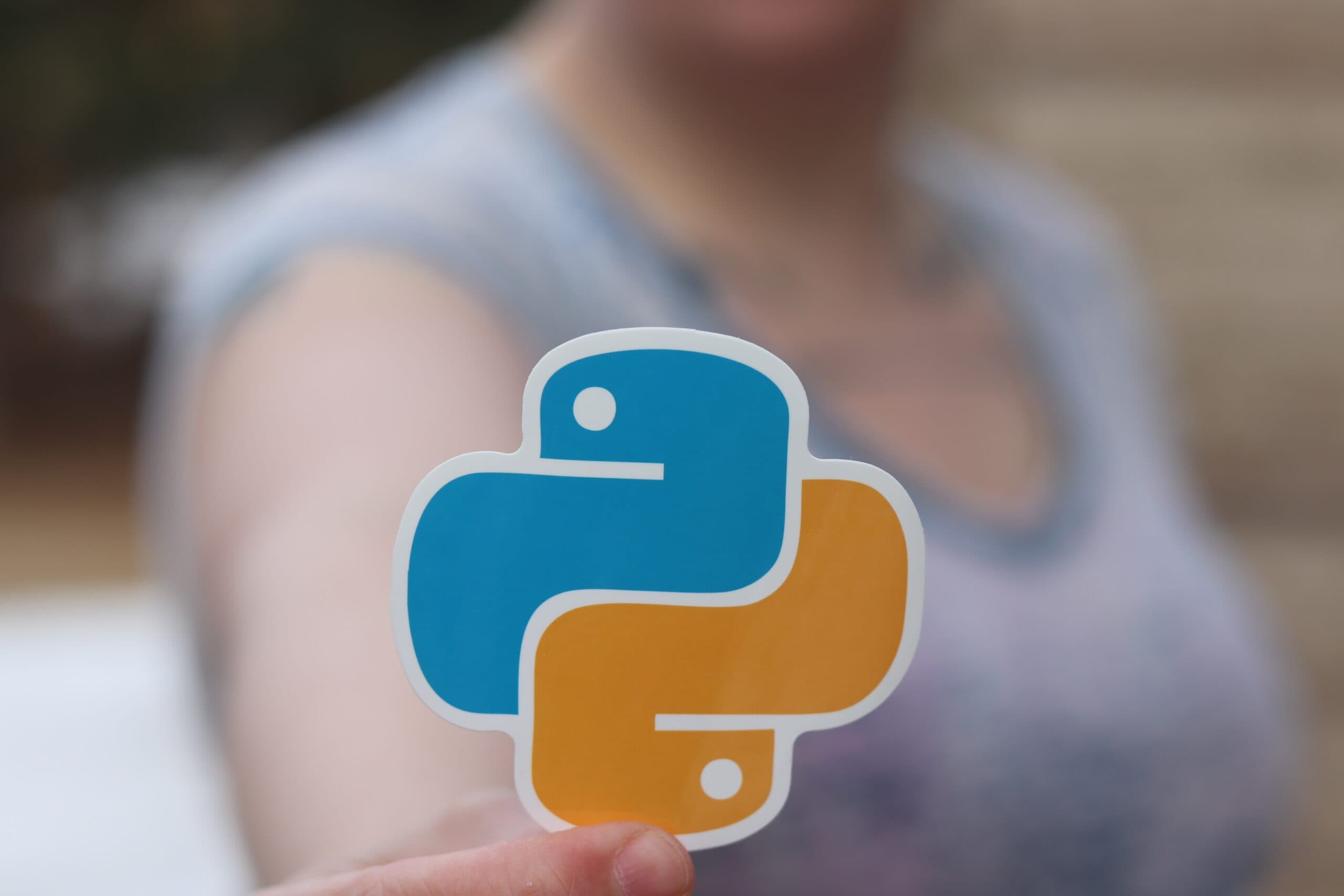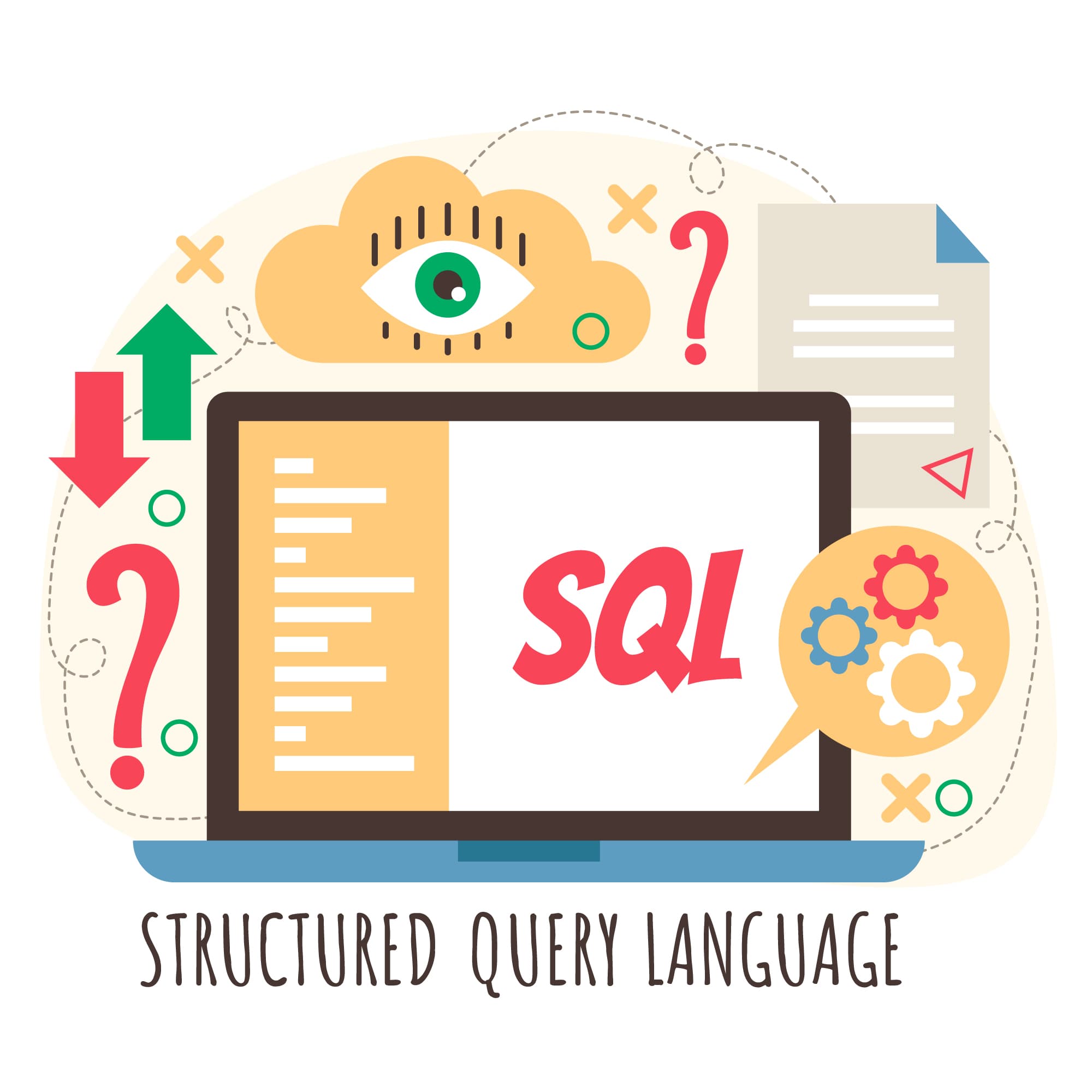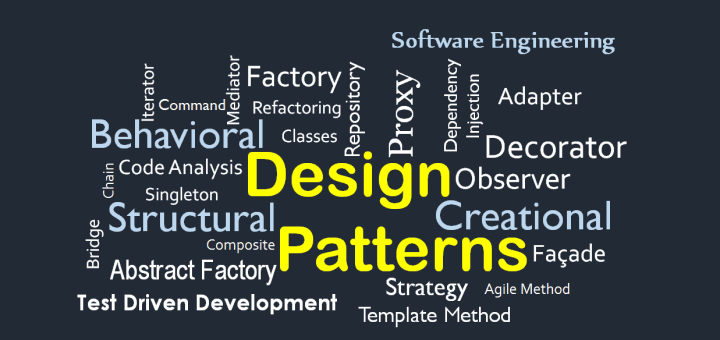Programming Language
What is java?
Java is a popular, general-purpose, object-oriented programming language that was first released in 1995 by Sun Microsystems (now owned by Oracle). It is designed to be platform-independent, meaning that code written in Java can run on a wide range of devices and operating systems without modification.
What is python?
Python is a high-level, interpreted programming language that is widely used for a variety of purposes, including web development, data science, artificial intelligence, and scientific computing.
What is Javascript?
JavaScript is a programming language that is commonly used to create interactive and dynamic web pages. It is a client-side scripting language.
What is programming language?
A programming language is a formal language that is used to communicate instructions to a computer. It is used to create software and applications and allows developers to write code that a computer can understand and execute.
Frontend Development
What is React?
React is a JavaScript library for building user interfaces. It was developed and is maintained by Facebook and is widely used for building complex, high-performance web and mobile applications. React allows developers to build reusable UI components, manage the state of their application, and efficiently update the user interface when data changes.
What is CSS?
CSS (Cascading Style Sheets) is a stylesheet language used for describing the presentation of a document written in a markup language. It is most commonly used to style web pages written in HTML and XHTML, but can also be applied to any kind of XML document, including plain XML, SVG, and XUL.
What is HTML?
HTML (Hypertext Markup Language) is the standard markup language used to create web pages. It is used in conjunction with other languages such as JavaScript and CSS (Cascading Style Sheets) to create dynamic and interactive websites.
What is front-end development?
Front-end development, also known as client-side development, is the process of creating the user interface and user experience of a website or application. It involves using programming languages and technologies to create the visual and interactive elements of a website or application that users interact with. The goal of front-end development is to create a seamless and intuitive experience for the user.
Backend Development
What is Django?
Django is a high-level, open-source web framework written in Python. It is designed to help developers take applications from concept to completion as quickly as possible. It encourages rapid development and clean, pragmatic design.
What is Express?
Express is a minimal and flexible Node.js web application framework that provides a robust set of features for web and mobile applications. It is built on top of Node.js and is designed to simplify the process of building web applications and APIs.
What is Node.js?
Node.js is an open-source, cross-platform JavaScript runtime environment that is used to build server-side and networking applications. It allows developers to run JavaScript code on the server-side, outside of a web browser, using the JavaScript V8 engine developed by Google.
What is back-end development?
Back-end development, also known as server-side development, is the process of creating the behind-the-scenes functionality of a website or application. It involves using programming languages and technologies to create the logic and functionality that powers the front-end of a website or application.
Database
What is MySQL?
MySQL is a widely used, open-source relational database management system (RDBMS) that is known for its fast performance, reliability, and ease of use. It is developed, distributed and supported by Oracle Corporation.
What is NoSQL?
NoSQL (Not Only SQL) is a type of database management system that is designed to handle large amounts of unstructured and semi-structured data. Unlike traditional relational databases that use SQL as their primary query language, NoSQL databases use a variety of data models and query languages.
What is SQL?
SQL (Structured Query Language) is a programming language used for managing and manipulating relational databases. It is used to create, modify, and query databases and is the standard language for interacting with relational databases.
What is database?
A database is a collection of organized data that can be easily accessed, managed, and updated. It is a software system that allows for the storage and retrieval of data in a structured way. Databases are used in a wide variety of applications, including business, government, education, and more. They play a critical role in today’s digital world, as they are used to store and manage large amounts of data.
Low level design
What is Solid Principle?
The SOLID principles are a set of five design principles for object-oriented programming and design. They were first introduced by Robert C. Martin in his book “Agile Software Development, Principles, Patterns, and Practices.” The SOLID principles aim to make software design more maintainable, flexible, and scalable.
What is UML?
UML stands for Unified Modeling Language. UML is a graphical language that is used to create visual models of software systems. It provides a set of notation elements that can be used to represent the different components of a system, such as classes, objects, interfaces, and interactions between them.
What is Design Pattern?
A design pattern is a solution to the general repeatable commonly occurring problems in software design. They provide a standard way of approaching and solving a problem and can be used to improve the design and architecture of a software system.
What is low-level design?
Low-level design is the process of defining the specific details of a software system. It is the next step after the high-level design and it is focused on the implementation of the system, rather than its overall architecture. Low-level design is the bridge between high-level design and the actual implementation of the system.
High Level Design
What is AWS?
AWS provides a variety of services such as computing power, storage, and databases, as well as machine learning, analytics, and Internet of Things (IoT) services. It also provides services for content delivery, management and deployment, mobile services, and application services.
What is CDN?
A Content Delivery Network (CDN) is a system of distributed servers that deliver web content to a user based on their geographic location. The goal of a CDN is to provide faster and more reliable delivery of content to users by caching the content at strategically placed locations around the world.
What is CAP theorem?
The CAP theorem, also known as Brewer’s theorem, states that in a distributed system, it is impossible for a system to simultaneously provide all three of the following guarantees:
What is high-level design
High-level design (HLD) is the process of creating an overall blueprint of a software system. It provides an overview of the system’s architecture, components, and interactions. The goal of high-level design is to create a system that meets the requirements and constraints of the project, and can be implemented efficiently and effectively.
Data Structure and Algorithm
Searching Algorithms
Searching algorithms are methods used to locate a specific element within a collection of data. The efficiency of a searching algorithm depends on the size of the collection and the number of elements that must be searched. There are several types of searching algorithms, including linear search, binary search, and hash table search. Overall, the… Continue reading Searching Algorithms
Array Data Structure
An array is a data structure that stores a collection of elements, each identified by an index or a key. The elements can be of any data type, such as integers, floating-point numbers, strings, or objects. The size of an array is fixed at the time of its creation and cannot be changed afterward.
Complexity analysis of Data Structure and Algorithms
Complexity analysis of data structures and algorithms refers to the process of determining the computational complexity of a given algorithm or data structure. It is a way to measure the performance of an algorithm or data structure in terms of the amount of resources (such as time and space) it requires to complete its task. The two main metrics used in complexity analysis are time complexity and space complexity.
What is DSA?
Data Structure and Algorithm (DSA) is a branch of computer science that deals with the organization and manipulation of data in a computer. It is concerned with the efficient representation, storage and retrieval of data, as well as the development of algorithms that can operate on this data.



























